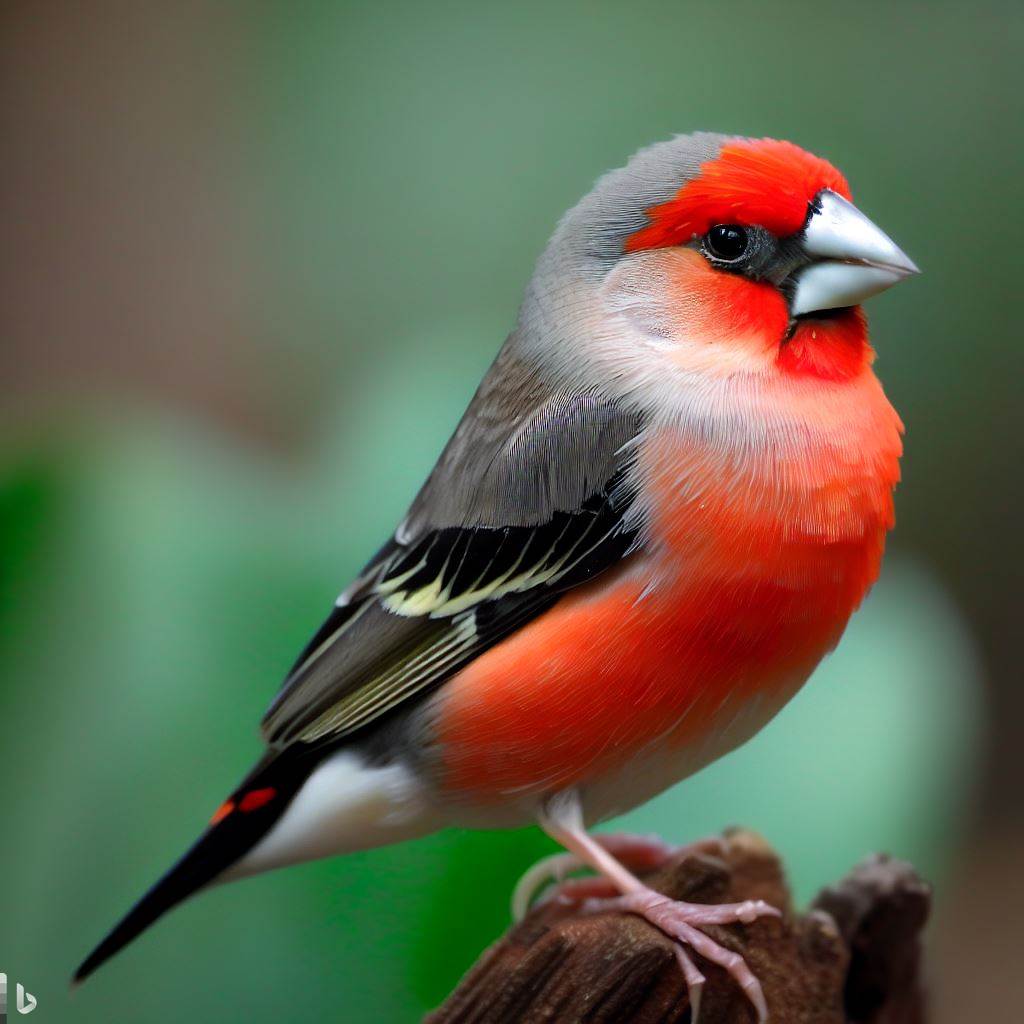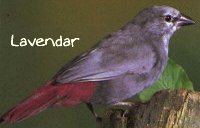
Most of the commonly kept finches fall into one of these categories: Australian Finches, Parrot Finches, Mannikins, Waxbills, Whydahs, Warbling Finches, and Cardinals.
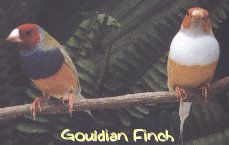
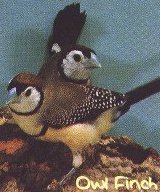
The Shaftail or Longtailed Grassfinch also hails from Australia. These long, slender finches exhibit the Australian finch trait of striking contrasts in their coloration. With a gray head, orange beak, red feet and bold black barring, these birds look striking.
Star finches come from an environment of long grass stems, upon which they perch to find small seeds on insects. These beautifully colored birds have either red or yellow beaks and heads, an olive back and a yellow chest. White dots on the bird look like a cluster of stars, giving this finch its name.
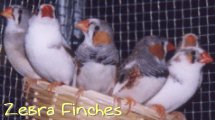
There are many other varieties of Australian finches available. If you’re interested in them, I urge you to talk to some finch breeders to get a feel for the available species and their care.
Next come the parrot finches. Named for their coloration, which is usually a brilliant green with a red or yellow face, these birds are breathtakingly beautiful. They are also quite pricey. Still, they are worth while birds for an aviary and will provide hours of enjoyment.
The Mannikins are another large group of finches. Mostly from India, Australia, Africa and the Philippines, these birds have less flamboyant coloring than other finches. These birds have the bonus of being inexpensive, easy to care for, and great in an aviary.
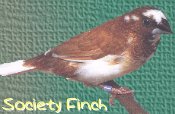
Bronze Winged Mannikins are native to Africa. These hardy birds have a black head and throat, white abdomen, and brown back. They measure approximately 3 1/2 inches.
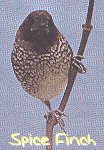
Native to India, the Three-Colored Mannikin has a white breast, chestnut back and black head. These birds can be difficult to breed. They are also called the Tri-colored Mannikin.
The Cutthroat or Ribbon finch is a large, occasionally aggressive finch. The name for these birds derives from a vivid read streak on the throat of the males.
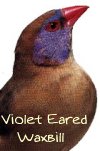
Strawberry finches are cute little birds named for the coloration of their plumage. During breeding season, the male’s color darkens until he has a rich rust-colored head, neck and chest. The female looks drab in comparison, but out of mating season, the two birds look relatively alike.
Cordon Bleu finches have a blue chest, giving them their name. The males sport a red cheek patch. These birds are native to Africa, and may be difficult to breed.
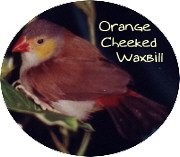
When in mating season, Whydahs look little like finches. The Paradise Whydah grows a fourteen inch tail. When out of breeding season, these birds are three inches long and the male looks like the female. It is said that Whydahs can be finger trained and some even learn to talk. These birds will be at home in an aviary with lots of open space.
Warbling finches compose the genus Poospiza. These South American birds are larger and more aggressive than the Australian or Waxbill finches. However, their song is truly beautiful.
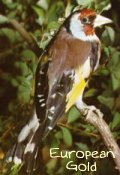
There are many other varieties of finches, in fact, too many to cover here. The best thing to do if you’re interested in finches is to speak with as many breeders and hobbyists as you can. These people will show you their collections, tell you which bird they enjoy, and then you can make your decision on which finches to keep.

